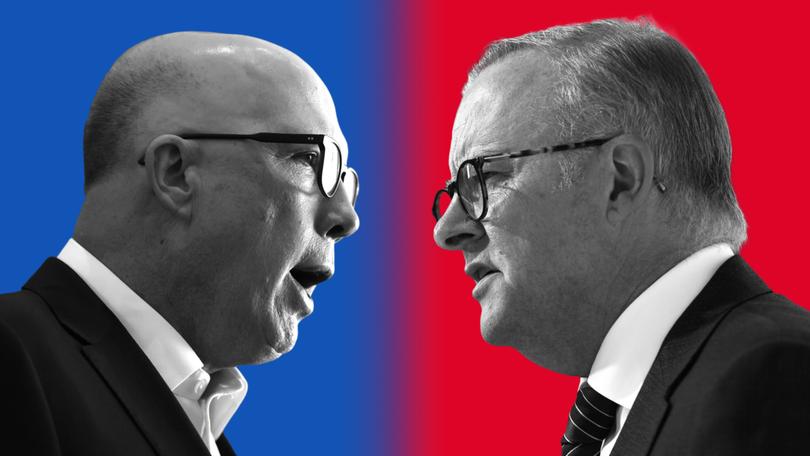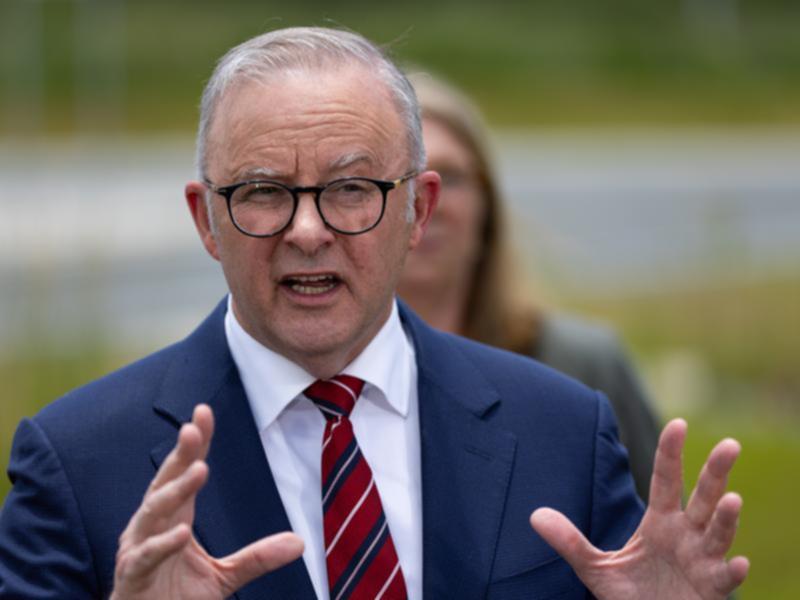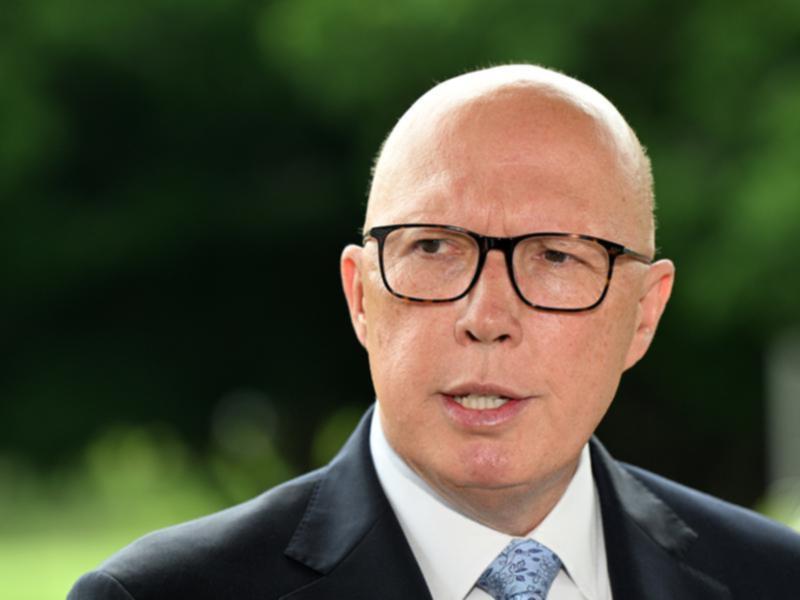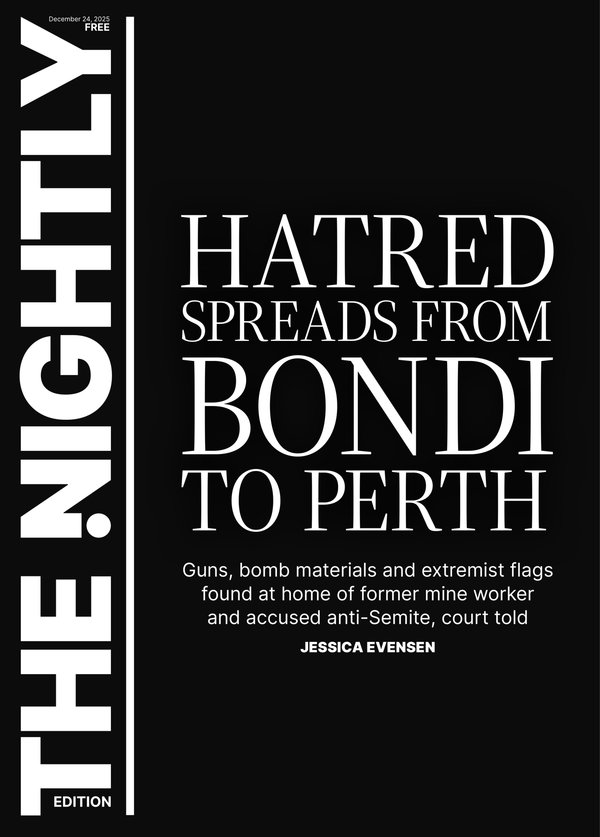KATINA CURTIS: Election campaigns are gruelling tests of a politician’s stamina and resilience

Anthony Albanese found out the hard way in 2022 that the spotlight of an election campaign is not the same as everyday scrutiny of politicians.
Especially for opposition leaders, who have to work harder to grasp attention while prime ministers are governing but suddenly become an alternative reality during the campaign period.
Albanese’s stumbles in the campaign’s first days were put down to him not having been “match fit” after three years dominated by the pandemic.
Sign up to The Nightly's newsletters.
Get the first look at the digital newspaper, curated daily stories and breaking headlines delivered to your inbox.
By continuing you agree to our Terms and Privacy Policy.There was a perception that, although he had grown to know the press gallery’s heavy hitters over more than two decades in Parliament, he hadn’t faced reporters in Canberra often enough during his time as leader.
His style was also markedly different to Morrison’s wall of noise and way of bulldozing past interruptions.
Now questions are being raised about how match fit Peter Dutton is to face his first campaign in charge.
The leaders have been in something of a shadow campaign already, taking the opportunities when Parliament is not sitting to cross the country and make their cases.
The patterns of where they travel indicate which areas they think will be in play — a pattern that will only intensify as polling day draws nearer.
Over the three months to the end of December, Albanese held 40 press conferences.
Out of these, eight were at international leaders’ summits, where the Prime Minister usually makes daily media appearances but rarely answers questions on domestic topics. A further six were at Parliament House.
Half the rest were in seats Labor holds, many with hefty margins including his electorate, Grayndler.
Much of this could be put down to the business of being Prime Minister — meeting foreign dignitaries, visiting the sites of disasters, marking significant anniversaries — where he doesn’t necessarily get to dictate the location.
But almost all the non-Labor seats he visited were what the Australian Electoral Commission classifies as marginal or fairly safe (although after the last election, neither major party regards any seat as truly safe).
These include Sturt in SA, Braddon (twice) and Bass in Tasmania, Fowler in NSW and Griffith in Queensland. All are seats Labor has on its target list.
Albanese’s mini campaign rally announcing student debt relief was held in Liberal-held Sturt and a second one on child care was in Griffith, held by Greens MP Max Chandler-Mather.

At the same time, Dutton held 26 press conferences, one-third fewer than the PM.
But what he has done has been far more targeted at marginal seats than the Prime Minister’s travels.
Nearly three-quarters of his appearances between October and December were in seats with margins under 6 per cent.
He’s been on the offensive in Labor-held electorates of Gilmore, Lyons (twice), McEwen, Paterson, Boothby, Parramatta, Reid, Werriwa and Chisholm while backing in Liberals in Menzies, Bonner, Forrest and Durack.
The Liberal leader has also fronted up in Mackellar and Goldstein, both held by teal independents and which he insists the party can win back, despite policy observers remaining sceptical.
Where he hasn’t been is facing the press gallery in Canberra, the political reporters who are across the history and details of policy issues.
These are the journalists who will travel with the leaders during the election campaign.
Dutton has stood up just once at Parliament House since October, and that was scheduled for 15 minutes before question time so he had a hard out to leave quickly.

Although energy will be a key issue in the next election, the announcements about dumping offshore wind farms have been made in affected local communities and his long-awaited release of nuclear power costings was done in Brisbane, far away from scrutiny by specialist reporters.
By way of contrast, in the corresponding period before the last election, Albanese as opposition leader held 48 press conferences, including five in Canberra.
Then-prime minister Scott Morrison did 37 domestic pressers with 10 of those at Parliament House.
Dutton also faces the rare circumstance of being an opposition leader from a marginal seat.
You have to go back to John Curtin heading into the 1937 election to find an opposition leader on a slimmer margin.
Labor is running Ali France against Dutton for the third time after she cut the margin in his seat of Dickson down to 1.7 per cent in 2022.
It is hoping to tie him to his seat on the outskirts of Brisbane and hamper efforts to get his message out elsewhere around the country.
The tactic could drastically change the format of the match Dutton needs to get fit for.

